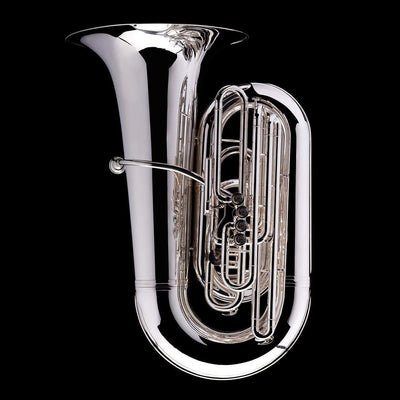As the largest instrument in the brass family, the Tuba is instantly recognisable both in sound and stature, but how much do you really know about this popular instrument? Here are 5 surprising Tuba facts…
5 surprising Tuba facts
The first Tuba wasn’t the Ophicleide: although it’s widely considered the very first incarnation of the Tuba, the elegant Ophicleide, in fact, wasn’t. The original Tubas were actually made of wood, contained holes (and not keys), and looked a bit like a snake. As a result, these unusual instruments were named Serpents. The Ophicleide was actually an amendment of the Serpent, replacing the holes with keys; the clue is in the name! “Ophicleide” = “Serpent Keys”.
There were originally 2 types of Tuba: yes, you read that right! There were 2 types of early Tuba; the ‘Concert Tuba’ and the ‘Recording Tuba’. The Recording Tubas were created as forward-facing to make it easier to record them, whilst the unaltered early Tubas were the Concert Tubas.
Tubas replaced the string bass: to avoid exposing the much more delicate string bass to harsh weathers when performing outside, early jazz bands of the very late 1800s to early 1900s replaced their string bass with the far more resilient Tuba.
Some Tubas are convertible: whilst this may make them sound just like pretty cool sports cars, what we really mean by this is that some marching Tubas are convertible, which allows the performer to change the direction of the mouthpiece in order to play the instrument held comfortably within the lap.
They were late to the orchestra party: Tubas are incredibly well-known for being an integral part of a symphony orchestra, but they didn’t actually become a member until the mid-1800s, more than 15 years after they were invented. What’s more, its predecessor, the Serpent, was created to provide balance with the lowest male voice in the choir and had nothing to do with the orchestra.
All in all, the humble Tuba is a bit of a mystery; with an interesting and delightfully surprising past, which makes it all the more alluring! And we hope our 5 surprising Tuba facts have both enlightened and, of course, surprised you.
To browse our range of Tubas, please visit our shop.


